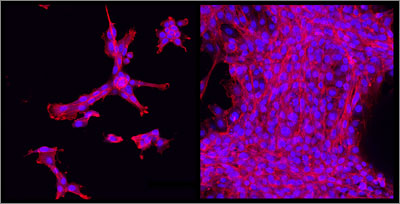
New technology created at Oregon State University can boost the bandwidth of Wi-Fi systems by about 10 times, using LED lights to transmit information.
The technology uses ordinary LED room lights to transmit data around the house.
The disadvantage of traditional Wi-Fi routers is that multiple devices in a space can interfere with each other. Li-Fi however can use multiple lights in a room without interference.
As connected devices become more popular it is predicted that Wi-Fi networks will not be able to cope with demand.
Li-Fi enables devices to use their in-built stand by LED lights to transmit data. The technology could be integrated with existing WiFi systems to reduce bandwidth problems in crowded locations, such as airport terminals or coffee shops, and in homes where several people have multiple WiFi devices.
As LED lights become more popular, multiple companies are looking into using Li-Fi including, Disney Research and the Berlin-based, Fraunhofer Institute.
The system can potentially send data at up to 100 megabits per second. Although some current WiFi systems have similar bandwidth, it has to be divided by the number of devices, so each user might be receiving just 5 to 10 megabits per second, whereas the hybrid system could deliver 50-100 megabits to each user.
In a home where telephones, tablets, computers, gaming systems, and televisions may all be connected to the internet, increased bandwidth would eliminate problems like video streaming that stalls and buffers.
The receivers are small photodiodes that cost less than a dollar each and could be connected through a USB port for current systems, or incorporated into the next generation of laptops, tablets, and smartphones.
A provisional patent has been secured on the technology, and a paper was published in the 17th ACM International Conference on Modeling, Analysis and Simulation of Wireless and Mobile Systems. The research has been supported by the National Science Foundation.





Be the first to comment